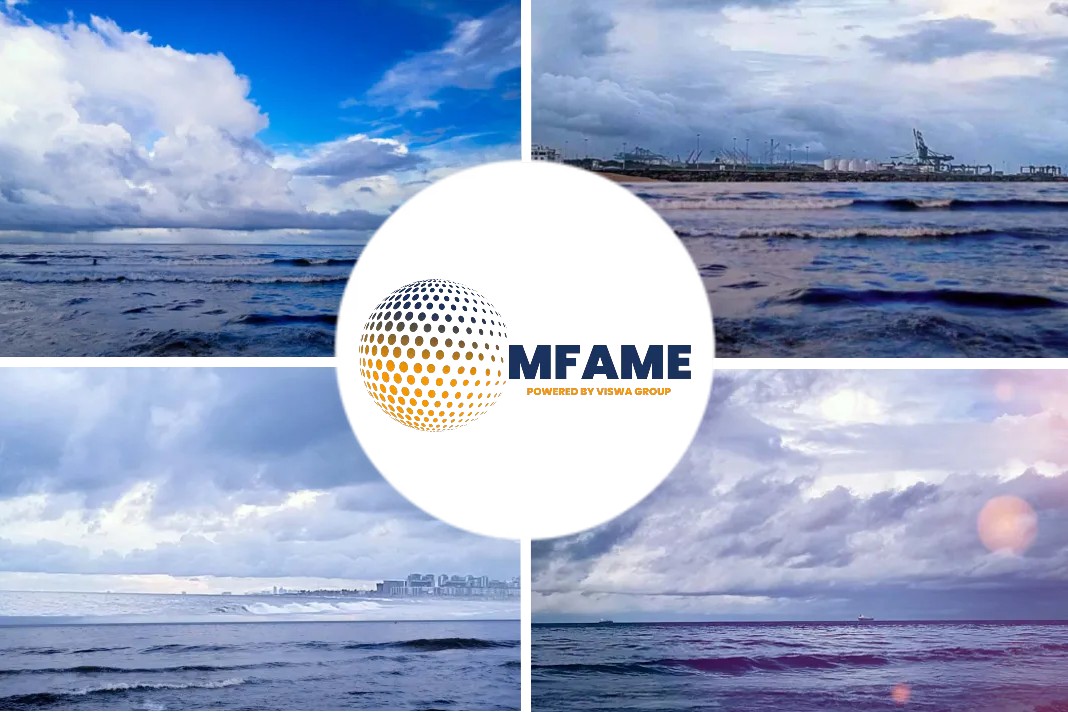We gathered a panel of experts to discuss what it will take to increase urgency among stakeholders and explore how charterers and shipowners are working together today – and how they could work together going forward, paving the way towards zero emissions freight – as 2030 approaches and shipping continues to contribute 3% of the world’s total GHG emissions with an upward trend as reported by Combination Carriers.
Urgency among stakeholders
As 2030 approaches and shipping continues to contribute 3% of the world’s total GHG emissions with an upward trend, we gathered a panel of experts to discuss what it will take to increase urgency among stakeholders and explore how charterers and shipowners are working together today – and how they could work together going forward, paving the way towards zero emissions freight.
Webinar part I
How can companies support the regulatory processes taking place in the IMO?
Owners and charterers can use the IMO’s discussion of the new climate policy to interact with flag states and emphasise the significance of their support for the energy transition. To boost the sense of urgency surrounding the issue, they can also interact positively with their governments as they are represented at the IMO.
Data accessibility and carbon price are essential for the green transition to be successful.
There has been progress in recent years, as seen by the rise in the number of cargo owners that measure and report their shipping emissions. Some major corporations have also established challenging carbon reduction targets for their ocean freight.
Dahm said that few charterers, however, had created plans for how to produce the required significant reductions in CO2 emissions or begun taking action. To speed up the transition to net zero, more is required, and carbon price is crucial in this regard. Regulatory delays present a difficulty for the majority of shipping businesses due to the rise in newbuilding prices and the cost of alternative fuels, which is anticipated to be quadruple that of traditional fuels. It is required to develop new corporate structures for cooperation between Charterers and Owners.
As more data becomes available, decision-makers will be able to make more educated choices.
Webinar part II
We must do with the cards we’ve been dealt today. It’s not perfect, but it’s good enough to get started
The impending Carbon Intensity Indicator regulation (CII) is “eating up all the oxygen in the room,” as one of the panellists observed, leaving less energy for the deeper debates, such as how to reward for significant, meaningful emission reductions. A strategy used by Klaveness Combination Carriers is to pilot a carbon adjustment factor (CAF) that is equivalent to a bunker factor. The purpose of the CAF, according to Dahm, is to connect freight profits to emissions performance relative to a baseline.
The type of business model innovation required to quicken decarbonization in the face of regulatory uncertainty is represented by a CAF-mechanism. Shell’s Claire Wright highlighted the crucial point that there was no openness prior to the Sea Cargo Charter. The SCC has incorporated data gathering, and decision-making that can promote emission reductions through operational improvement is made possible by the data. Wright suggested that the Sea Cargo Charter and CII will encourage charterers and owners to collaborate more closely on the deployment of boats.
The consensus among the panellists was that immediate cooperation to enable energy efficiency is a crucial step toward long-term decarbonization.
The panellists also touched on whether decarbonization is an option for firms engaged in the spot market as well as how the growing interest in Scope 3 emissions aids in accelerating the energy transformation in shipping.
Did you subscribe to our daily Newsletter?
It’s Free! Click here to Subscribe
Source: Combination Carriers






















